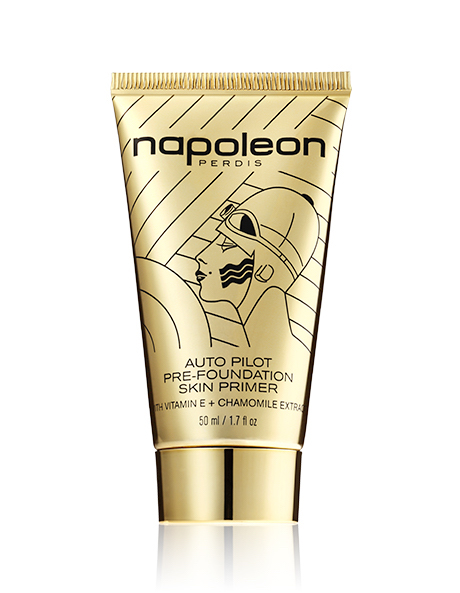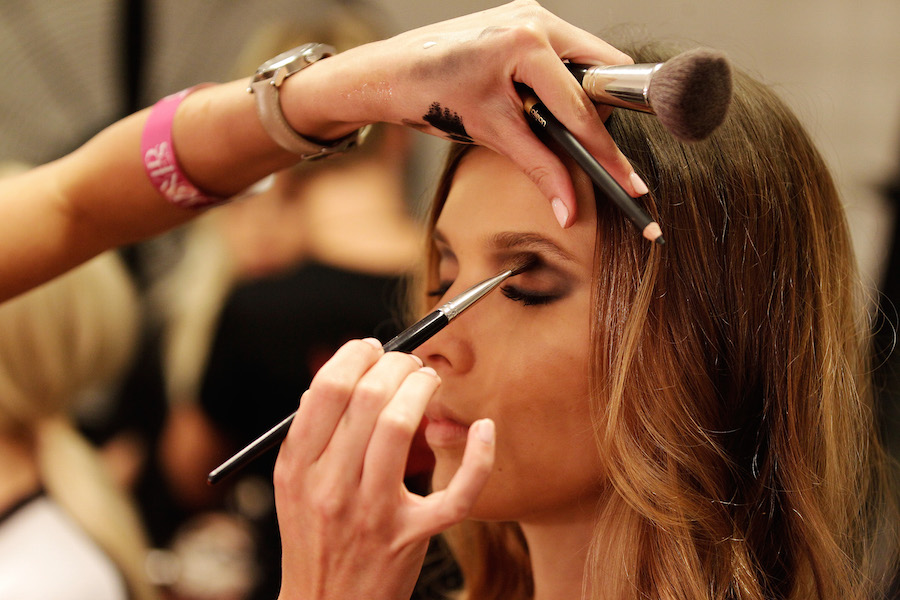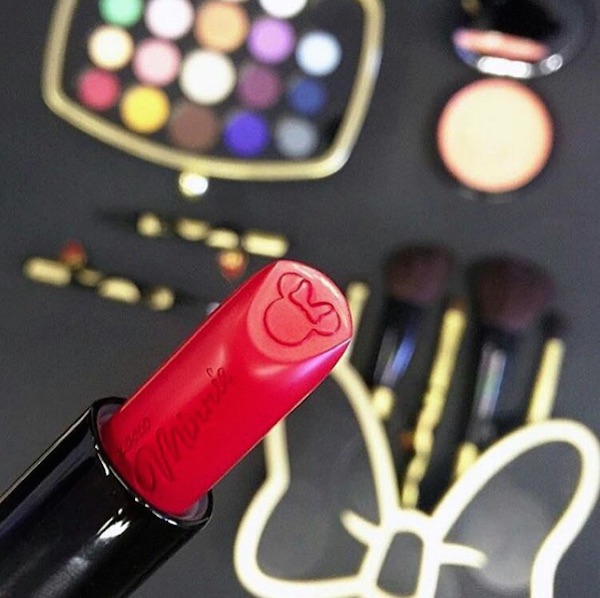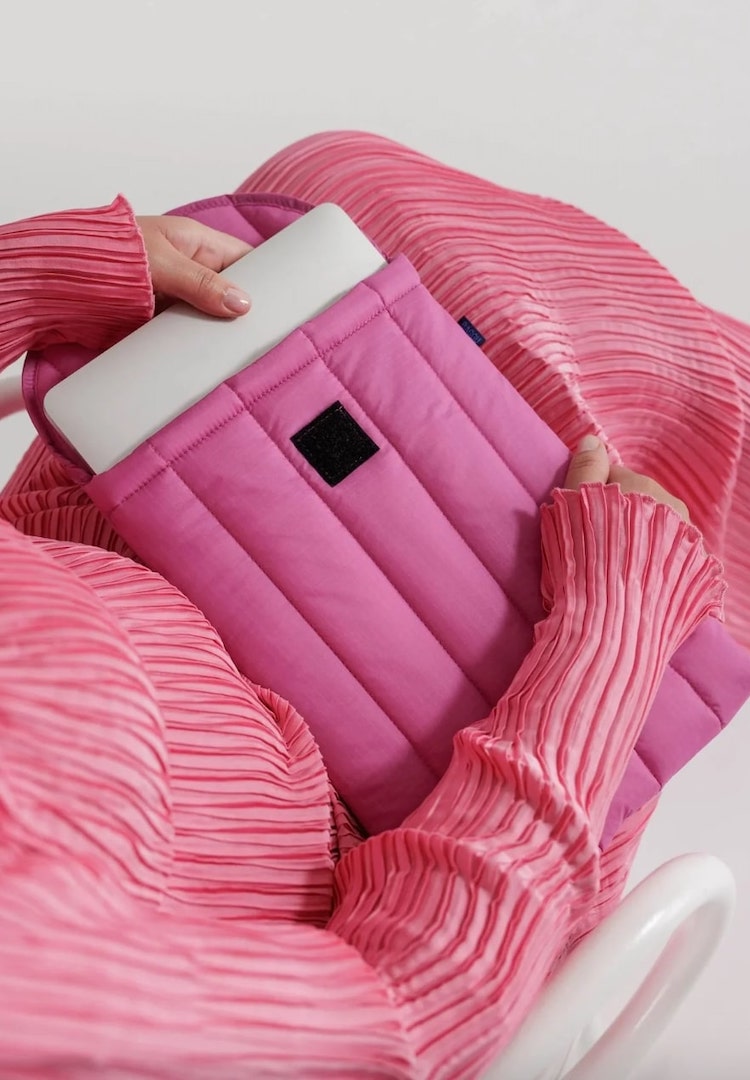The FJ guide to: Caring for your makeup brushes
I’ll never not clean my brushes again.
I’ll be the first to admit I have never cleaned my makeup tools. Honestly, I don’t think it has ever even occurred to me. So when we chatted to Shev Kelly, National Creative makeup artist for Napoleon Perdis, I was pretty freaked out.
By not cleaning your brushes, you’re pretty much offering them up to a lot of nasty bacteria. Bacteria that you then proceed to rub over your face and dip in your makeup. Yuck.
So Shev let us in on all the tips and tricks of proper brush care. And it’s pretty damn easy. Not only will you be improving your hygiene, you’ll be making your tools last a looooot longer too.
Why do you need to clean your makeup brushes?
The amount of bacteria in your brushes and sponges varies depending on how often you use them, as well as how often you clean them. As a general rule, tools left uncleaned that are used for liquids like primer, foundation and concealer are the most likely to become a breeding ground for bacteria. To help prevent breakouts and uneven makeup results, makeup brushes should be cleaned regularly. The longer brushes are left with old product on them, the higher the risk of bacteria growth.
How often should you clean your brushes?
For those who wear makeup daily, once a week is ideal. For those who keep makeup for special occasions, ensure you wash your brushes once a month.
What’s the most hygienic applicator tool?
The most hygienic applicators to use are brushes and sponges (like the Pro Makeup Blending sponge). Brushes are great as they can be cleaned thoroughly. Sponges should be kept for no longer than three months and should be cleaned throughout that time with the steaming method (details below).
How often should you throw out brushes?
Good quality brushes with real-hair bristles have a life span of a few years, depending on how well you look after them.
You need to shampoo and condition your brushes if they’re made from real hair? Why do you also need conditioner?
Many makeup brushes on the market are made with natural-hair bristles, for quality and durability reasons. To pamper your brushes and keep your bristles smooth and soft, just like hair, adding a conditioner works wonders. Simply apply a drop of conditioner after shampoo and rinse thoroughly for the best result.
How do you get rid of highly pigmented stains on synthetic brushes?
As synthetic brushes are often used for foundation, concealer and lipstick, they’re susceptible to stains.
For best results follow these steps:
- Begin by running your brushes through lukewarm water to remove excess product.
- Take a bar of soap or Sard with the palm of your hand and swirl each brush in circular motions to create a lather.
- Continue until all product has been removed and the water runs clear. Repeat if necessary.
- Squeeze excess water out of brushes.
- Using a small towel, gently press the brush, reshaping the bristles as you go.
- Lay brushes on a flat surface to ensure water does not run into the brush handle.
And what about makeup sponges?
Trying to clean a makeup sponge used for foundation/concealer can be tricky. Foundation can seep into the middle of the sponge making it difficult to remove. To avoid bacteria and product build-up (which can cause nasty breakouts), ensure you clean your sponge regularly.
Sponge Cleaning Steps:
- Begin with a bowl filled with lukewarm water.
- Apply a pea-sized amount of shampoo or liquid soap directly onto the sponge and lather.
- Place the sponge into the bowl with lukewarm water and pop in the microwave for 30 seconds. This acts as a steam cleaner and releases existing product which is already inside the sponge.
- Once the water has cooled, rinse thoroughly into the basin using gentle squeezing motions.
- Continue to rinse until all of the product has been removed and the water runs clear. Repeat if necessary.
- Squeeze the water out of the makeup sponge and lay flat on a towel to dry.
*Avoid using excessive amounts of spray brush cleaner as this may dissolve or tear the sponge.
Can we blow dry brushes to improve drying time?
Blow drying makeup brushes is not recommended as the heat can melt the glue on the brush wand. This can lead to your brush head separating from the wand. Heat can also cause split ends on each bristle, resulting in a rough and harsh feeling when used on the skin.
What’s the best way to dry your brushes?
If water remains in the brush head, it can rot the wood surrounding the base of the bristles. To avoid damaging your brushes after washing, it is important to leave them to dry on the side and squeeze out any excess water. If brushes are placed upright after washing, excess water may trickle into the handle, causing rust and deterioration.
Is there anything else we should know about keeping our brushes clean?
For hard to shift stains like red lipstick and waterproof makeup, try using makeup remover. It’s a simple and effective way to get your brushes clean.









